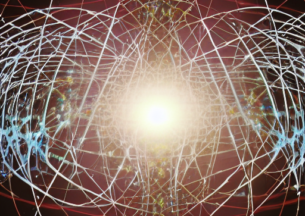UChicagoCS Part of $15 Million Effort to Build First Practical Quantum Computer

The race to turn the vision of quantum computing into reality today involves multiple contenders, exploring different technologies that they hope will open up a new era of science and engineering. Now a new collaboration of seven universities, including the University of Chicago, will join that competition, working together to create the pioneering hardware, software, and applications needed to realize the world’s first practical quantum computer.
With a $15 million grant from the National Science Foundation, the Software-Tailored Architecture for Quantum (STAQ) co-design project aims to build a quantum computer capable of solving challenging calculations within five years. Fred Chong, the Seymour Goodman Professor of Computer Science at the University of Chicago, will receive $3 million to lead the STAQ software team, bridging the gap between new architectures developed by the project and theoretical algorithms that apply quantum computing to chemistry, physics, and other domains.
“The key to dramatically increasing the efficiency of quantum algorithms on realistic machines is to break conventional notions of how software should be structured,” Chong said. “Software will more directly specialize algorithms for hardware, adapting to physical properties. In this way, algorithms can run on machines that are 100s to 1000s of times smaller than we might think.”
Led by researchers from Duke University, the STAQ project will explore a particular quantum computing technology using trapped ions — atoms with electrons removed to give them a positive charge. Researchers then suspend these atoms in an ultra-high vacuum, and use precise lasers to manipulate their quantum states and form qubits, the quantum analogue of a traditional logical computer bit.
While companies such as Google and IBM have recently unveiled quantum computers with as many as 72 qubits, many more are needed to unlock the powerful capabilities that scientists believe this new technology can achieve. The quantum computers developed by these private companies also use different technologies than the trapped-ion approach STAQ will explore.
“There’s a really clear path to getting to two-to-three dozen ion trap qubits working together in a quantum computer,” said Kenneth Brown, associate professor of electrical and computer engineering, chemistry, and physics at Duke, and leader of the new collaboration. “But it will take at least twice as many to solve a challenging calculation, and achieving that within five years is no cakewalk.”
Once realized, STAQ will become the NSF testbed instrument for quantum computing, and will be cloud accessible. Unlike the proprietary cloud-connected quantum computers currently available from private companies, the physical details of the technology underlying STAQ will be fully visible to researchers.
Chong’s contributions to STAQ will complement his leadership of EPIQC, the Enabling Practical-scale Quantum Computation project announced earlier this year. While the two projects share several researchers and a primary mission — shortening the timeline to realize the true promise of quantum computing — Chong said that they differ in their scope, with STAQ targeting a machine up to 100 qubits.
“There’s a lot of synergy between the two projects,” Chong said. “EPIQC is exploring similar techniques, but for multiple quantum technologies in addition to ion trap systems, and for systems that are farther in the future, utilizing hundreds or thousands of qubits. But both EPIQC and STAQ will work to train people and get more researchers interested in this topic by making it accessible and building tools that are open and usable for everyone.”
The STAQ project sprouted from an NSF Ideas Lab program held earlier this year, which brought together physicists, computer scientists, and engineers from multiple institutions and charged them with creating collaborative proposals. The STAQ grant fits into the agency’s initiative The Quantum Leap: Leading the Next Quantum Revolution, one of the NSF’s 10 Big Ideas.
“Quantum computers will change everything about the technology we use and how we use it, and we are still taking the initial steps toward realizing this goal,” said NSF Director France Córdova. “Developing the first practical quantum computer would be a major milestone. By bringing together experts who have outlined a path to a practical quantum computer and supporting its development, NSF is working to take the quantum revolution from theory to reality.”
In addition to Duke and UChicago, STAQ includes researchers from University of Maryland, Tufts University, the Massachusetts Institute of Technology, University of California-Berkeley and University of New Mexico. For more information on STAQ, see announcements from the NSF and Duke University.













